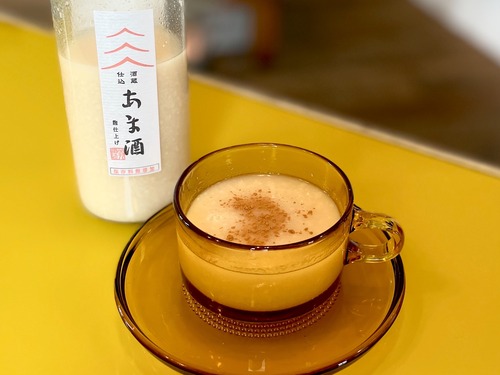

[A Sprinkle of Spice]
Cinnamon is said to be the world's oldest spice, with a spicy-sweet aroma. Cinnamon is the dried bark of an evergreen tree in the camphoraceous family.
Brought to Japan by Japanese envoys to the Tang Dynasty during the Asuka period (710-794), cinnamon was later imported from China during the Nara period (710-794) and was utilized mainly by the aristocracy and other upper-class people. In the Shosoin Repository in Nara, there is a book titled "Shujuyaku-cho" (a book of various medicines), which was presented to Todaiji Temple by Empress Komyo, who was the empress of Emperor Shomu. The book records the names, quantities, and quantities of 60 medicinal substances that the Empress presented to the temple, and cinnamon is listed as "keishin.” In Chinese medicine, cinnamon is called "keihi," and has been used since ancient times as a herbal medicine to help blood circulation, and has many beneficial effects for beauty and health.
The demand for various spices has been increasing recently with the popularity of spiced curry, but cinnamon is one of the easiest to incorporate into daily life. A sprinkle of cinnamon in warmed milk or soy milk is a great addition. It is also good with chocolate, so it goes well with hot cocoa. Butter and cinnamon on toast. Honey and cinnamon. A sprinkle of sugar and cinnamon on sliced apples to warm them up, or just a sprinkle to accent a dish, so I recommend it for curry, Neapolitan, potage soup, or deep-fried fish seasoning.
After the children go to bed, there are nights when I slowly warm amazake by myself with a sprinkle of cinnamon. The aroma and the time it takes warm me up from the inside out. Spices are so exciting when you take a sprinkle.
On a cold day, wrap your favorite mug or teacup in your hands and take a spice spritz. Try it and be filled up!
*Consuming large amounts of cinnamon may decrease liver function, so please use it only as a flavor enhancer.
Ceramic Japan's Constellation
https://www.shokunin.com/en/ceramicjapan/seiza.html
References
https://www.yomeishu.co.jp/health/3919/
https://www.eisai.co.jp/museum/herb/familiar/shujuyakucho.html